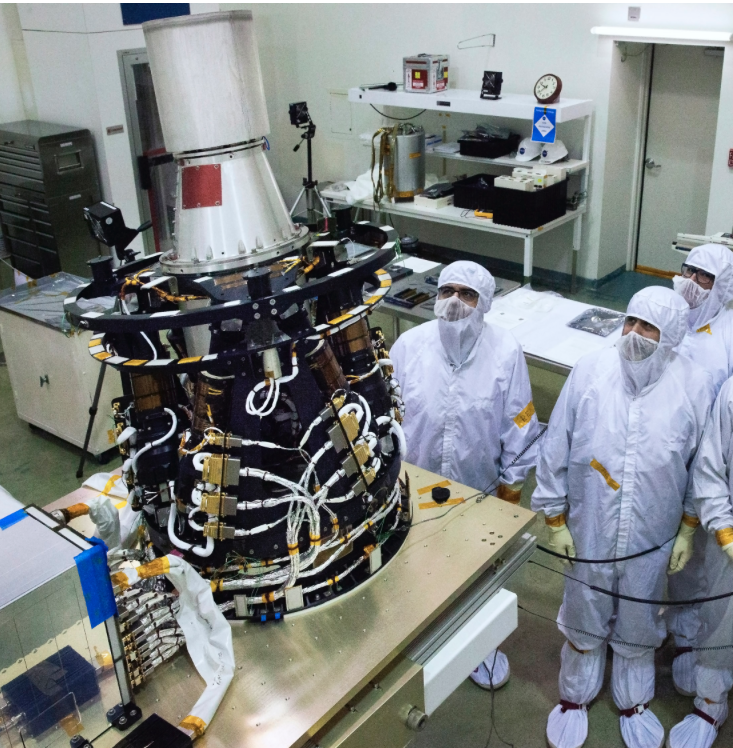
Cannes – February 19, 2017 -The NASA SAGE (Stratospheric Aerosol and Gas Experiment) observation instrument that uses the Hexapod Pointing System produced by Thales Alenia Space on behalf of the European Space Agency (ESA) was launched yesterday from the Kennedy Space Center launch pad by means of the Falcon9 launcher with the Space X Dragon capsule.
When SpaceX's Falcon 9 successfully launched today its mission was to release the Dragon to transport items to the ISS. One of the items aboard the Dragon is NASA's SAGE III is an instrument produced as part of the EOS (Earth Observing System) program to measure the components of the Earth’s atmosphere, such as pressurized and ozone gas, ranging between the troposphere and the stratosphere. SAGE III also provides overall measurements of the temperature in the stratosphere, reporting traces of gas as water vapor and nitrogen dioxide, key elements to study the atmosphere and the relative climatic changes of the Earth.
In addition to the SAGE III comes the Hexapod, from Thales Alenia, a pointing system that can compensate for the instability of the Space Station and guarantee a finely-tuned, stable pointing device for the scientific instrument that uses it. The system mainly consists of a pointing mechanism (Hexapod Pointing Assembly) made up of a platform driven by six electro-mechanical actuators, controlled and checked by an electronic unit (Hexapod Electronic Unit) and by complex software (Application SoftWare) that has been developed especially for this mission.
The Hexapod Flight Unit has been developed to support NASA scientific instruments called SAGE. It has been delivered fully qualified to NASA in 2015, and then assembled and tested in the SAGE/Hexapod Integrated Payload by NASA LaRC with TAS support. NASA LaRC is the Payload Integrator and is the responsible of the complete flight mission.
Thales Alenia Space plays a significant role in this International Space Station project. It contributes over 50 percent in the production of pressurized modules and in the construction and integration of the PCM Cygnus Cargo transport modules, and develops several systems used by the ISS, both internally and externally, to carry out and provide support for different types of scientific experiments.
Thales Alenia Space, which is a joint venture between Thales (67 percent) and Leonardo (33 percent), contribute in a major way to this project. In its capacity as the prime contractor party on behalf of the European Space Agency, it has supplied the Hexapod Pointing System with the function of providing a platform for the SAGE III instrument.

